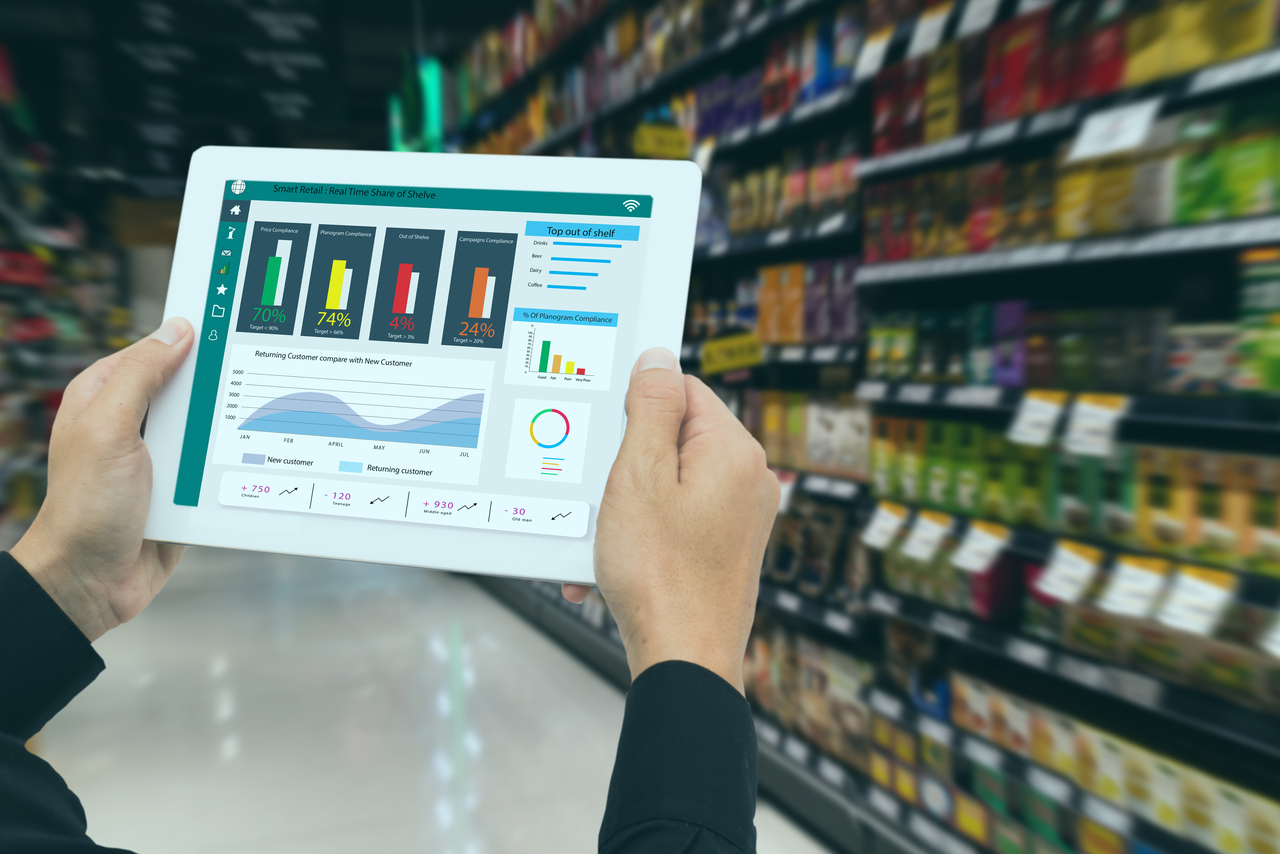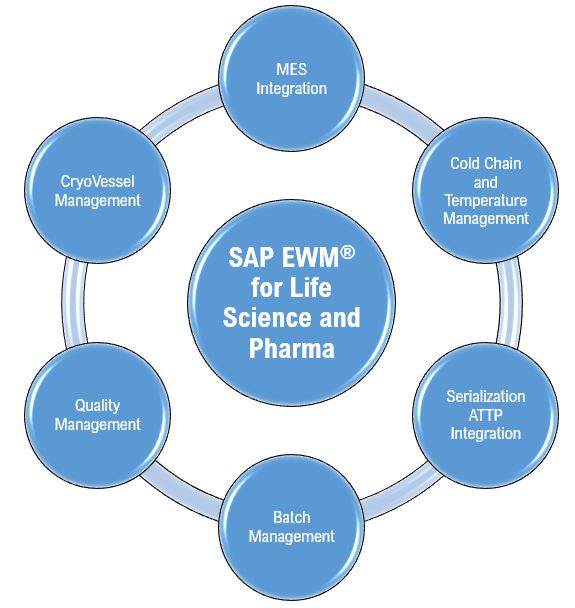Reasons behind businesses tracking, monitoring and actionizing on ESG policy
Welcome back to the 3-part blog-series on ESG strategy from CPG industry perspective within the SAP landscape. Hope you read Part-1 and now in Part-2 of the blog, we explore several lingering concerns and the way forward on ESG strategy and SDGs for the CPG industries.
The basic objective of business investment is to make profits. Therefore, for any investment decision, the current business performance and future predictions are studied, along with consideration of possible risks and threats such as natural disasters, environmental effects, human resources instability and in this context, the role of the said business.
Moreover, socially conscious investors look for responsible businesses which follow processes and practices with positive impact (or less negative impact) on the environment and people at large, and at the same time, lead to improved profitability.
Organisations seek partners who contribute to their ESG goals. Even the end consumers are demanding products produced without harming the environment. They support companies with processes that say no to animal cruelty, human inequality etc. and are serious in their commitment towards Corporate Social Responsibility (CSR).
Clearly, the importance of climate action is being steadily acknowledged from various stakeholders. Governments too, are making regulations more stringent and emphasizing non-financial disclosures as part of the organizational performance report.
As a result of such awareness and genuine concern, many companies, including CPG industries, are exerting themselves with sincere efforts towards their SDGs. For instance, Infosys is one of the early adopters of ESG principles with its commitment to carbon neutrality dating back to 2011 .
Adoption of ESG in the CPG industry
All the above ESG considerations are applicable and practiced in the CPG industry. The processes and practices followed have a huge number of direct stakeholders with far-reaching impact. These stakeholders include supply chain partners i.e. suppliers, subcontractors, manufacturers, co-packers, marketing agencies, 3PLs, distributors, retailers and end consumers. Each participating entity has its own set of actions that creates an impact on the entire value chain, and each stakeholder is impacted by the actions of others, which could be of varied magnitude, small or big.
The nature of these industries poses some real-life threats to the environmental and social aspects due to industry-specific challenges listed below.
Internal factors:
- Perishability, shorter life and seasonal trends are major characteristics of CPG products.
- Circularity is not embedded by default in traditional designs and processes.
- Complex and extended supply chain involves too many stakeholders.
- Overproduction and Overstocking scenario results in returns/wastage of material and wastage towards reverse logistics, including increased emission due to transportation of goods back to the warehouse.
- Massive waste of resources like raw material, finished products, labor happens when unsold products are destroyed due to aging, or to save brand value, prevent counterfeiting, or get tax benefits.
- Seasonality and trends are inherent characteristics of the industry.
- Inefficiency of waste management systems contributes to landfill.
- Both internal processes and those involving partners tend to operate in siloes.
- Lack of data and analytics deters their ability to demonstrate actionable progress. This is compounded by the lack of automation in managing compliance.
External factors:
- Consumers are becoming insistent in demanding that organizations adopt practices fostering sustainability.
- On the other hand, there are materialistic consumers with high buying power and stereotypical ideas of luxury with no heed to sustainability.
- High rate of returns leads to wastage, losses towards reverse logistics.
- There is no clarity regarding the best practices; no benchmarking is available.
- Difficulty in identifying exact waste avenues.
- Unavailability of relevant upstream and downstream data.
- Lack of comprehensive systems to identify, measure and report sustainability performance.
These challenges make it imperative for these industries to adopt measures that will lead to sustainable practices with regards to:
- Raw material sourcing
- Packaging materials
- Business practices for employee and extended workforce
- Transportation optimisation
- Wastage control and wastage management
- Reusability and repurposing initiatives
- Balance between purpose and luxury features
- Trade-offs against sustainable practices and habits
Current status of CPG industry
CPG organizations contribute heavily to environmental and social impact, especially in terms of GHG emissions and global waste. Though they acknowledge Sustainability as a major focus area, many are still at the ‘novice’ stage of adopting ESG practices within their core strategy and business operations.
Below is the synopsis of a survey conducted by Oxford Economics & SAP on ‘SUSTAINABILITY IN CONSUMER PRODUCTS,’ 2022. The plans prevalent at CPG companies are more mature and comprehensive than most industries.

Percentage of the CPG industries surveyed that have adopted the practices listed below:

However, there have been some cases of ‘Greenwashing’ or ‘evident non-compliances’ that go against the commitment towards ESG. Some instances from across industries include:
- Burberry (2018) – burnt USD28 million worth of unsold stock of bags, clothes to prevent stealing and cheap selling.
- Richemont (2018) – destroyed expensive, unsold watches to save their brand value.
- Coach (2021) – slashed unsold bags
- Deutsche bank (2020) – fined USD583 million for failing to implement effective anti-money laundering controls, apart from being criticized as a big investor in Oil & Gas industries.
- Volkswagen (2015) – installed emission manipulation devices to cheat pollution testing processes/present false results during emission testing.
Such instances emphasize the need to have systems and solutions that help these organisations to keep improving their ESG compliance. In the third and final part of this blog, we will discuss the standout solutions that SAP and Infosys offer to help organisations achieve their sustainability goals.
In case you missed the first blog in this series that speaks about the evolution of ESG and sustainable business practices, you can find it here.
For a deeper exploration into how SAP-based solutions can drive sustainable practices, read our latest POV titled, “Driving the ESG Agenda with SAP in the CPG Industry,” here.











